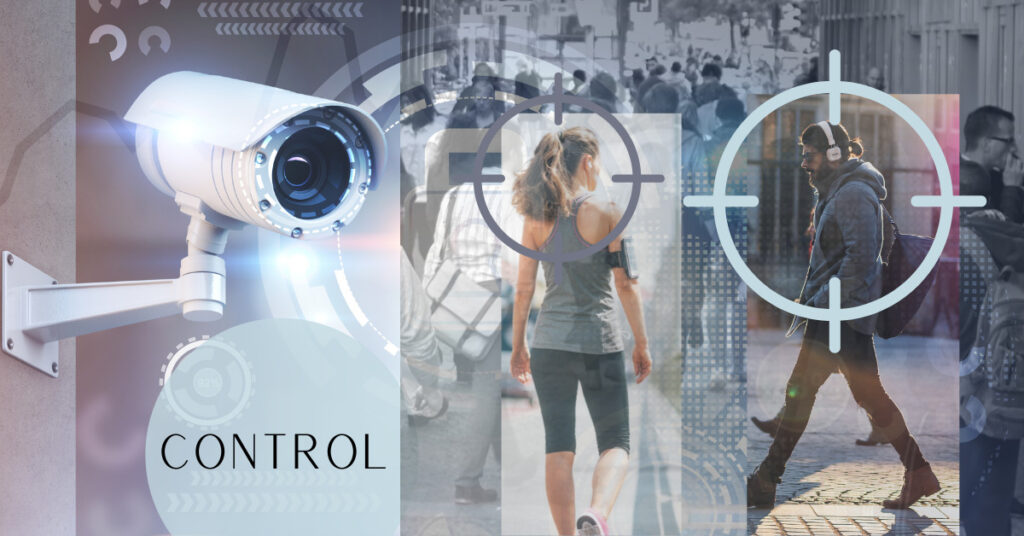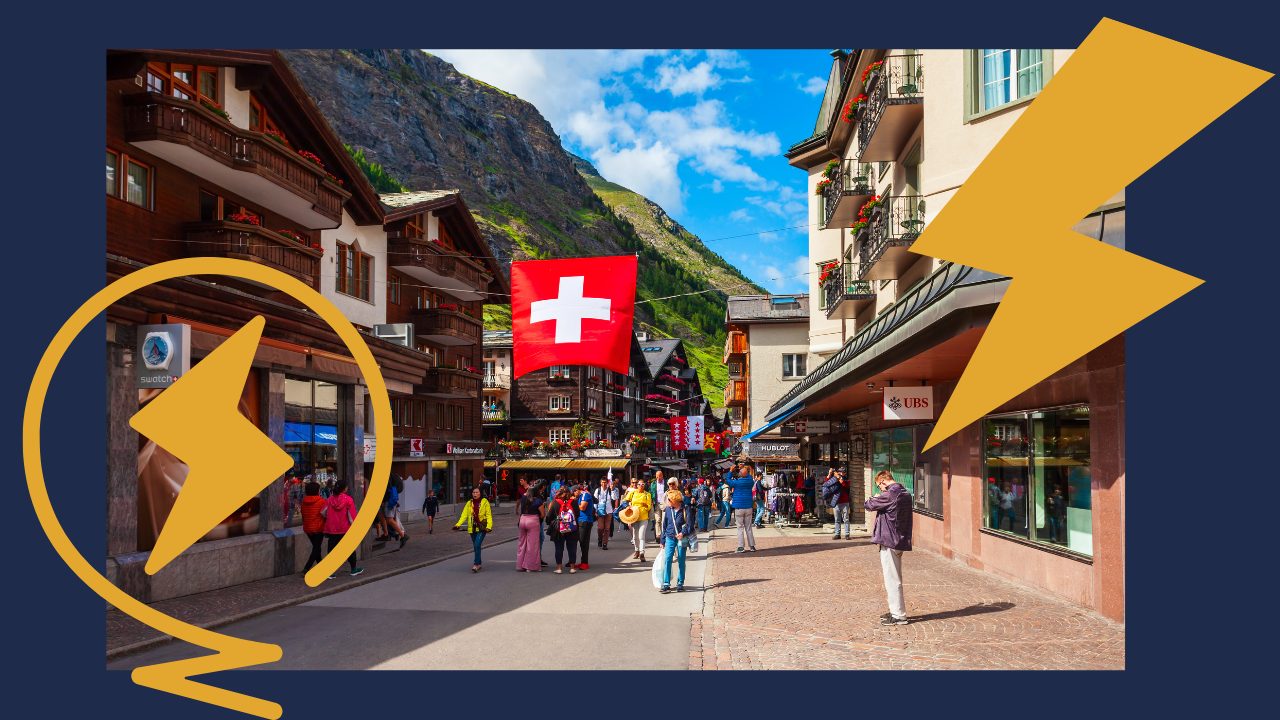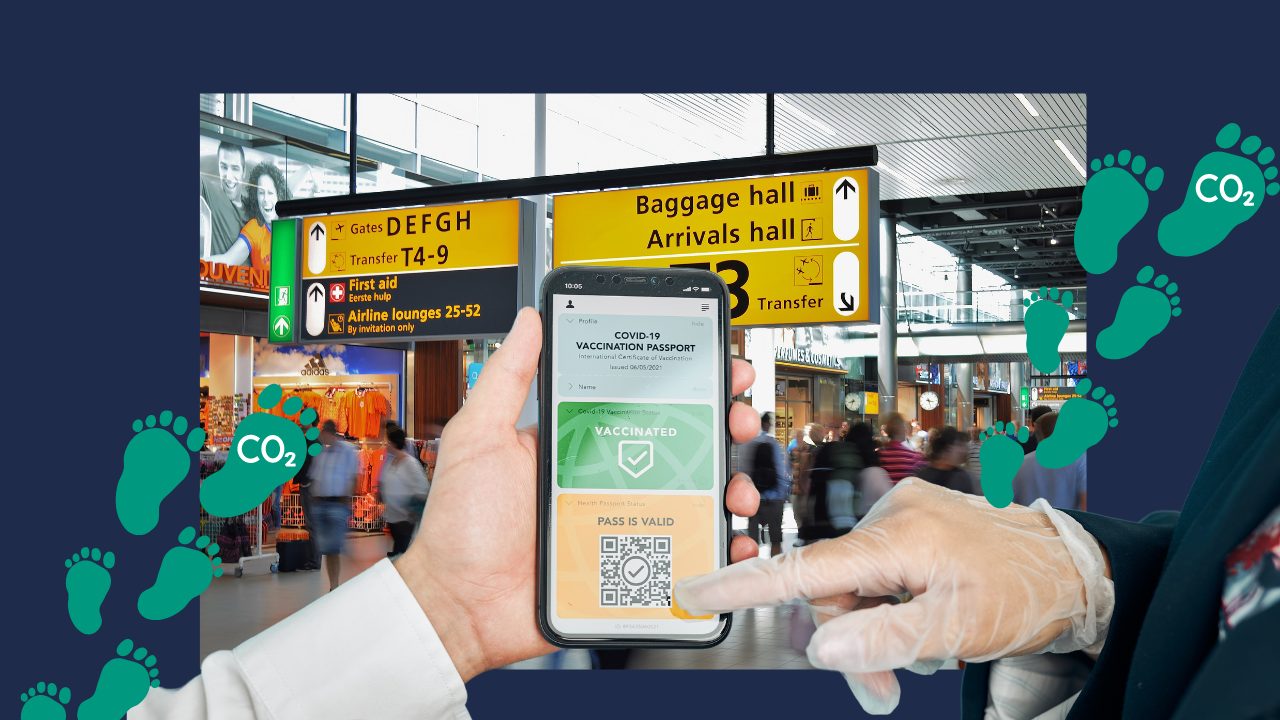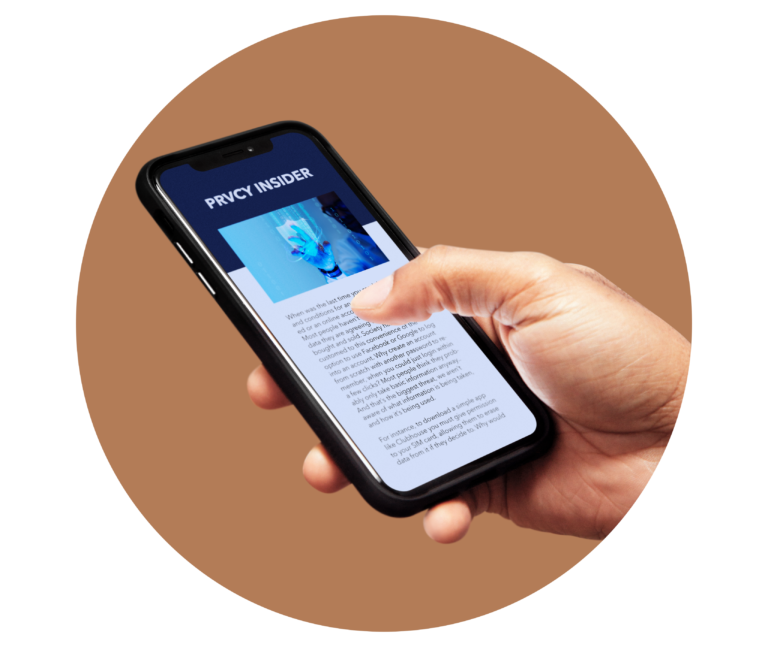It is becoming more and more common to find ourselves surrounded by surveillance cameras in public and private spaces. Do we know what happens to all the images that are collected there?
The government is watching us.
These camera shall give us a sense of protection, as, we are told. They are used to prevent or provide evidence of crimes and to some extent this is true.
In 2018, 5 billion citizens all around the world were being monitored by mass surveillance cameras, 50% in China. Some positive cases of the use of this technology have been the identification of thousands of missing children in India. Or the arrest of a drug trafficker sought by police in Brazil.
However, these are side effects of a mass control strategy. Where to date governments around the world have invested public budgets in mass surveillance technology.
The premise is: every move you make and every interest you have can be used against you. Remember Facebook Analytics, pretty much the same strategy.
What really is Mass Surveillance?
It is the use of digital identification technology of people to monitor their activities and identify possible security risks.
Governments use tools such as surveillance cameras that identify faces, and data such as identification numbers and license plates to follow these actions.
Remember the speed cameras on the highway?
But it goes further, currently in China there are drones surveillance robots and smart helmets.
As the video shows, it has become ordinary the identification systems to enter buildings, stores, transport stations, among others.
If you are thinking about the obligation to carry a QR wherever you go, you are right. It is part of the massive surveillance policy that governments around the world are adopting.
And this is only the aspect of surveillance in the public space. In our private lives governments and technology companies monitor our conversations, activities and interests through spying on our mobile phones, computers and smart home devices.
From this data they invest a lot of resources in data analysis specialists to generate a digital profile of who we are. China’s model of Internet “sovereignty”, whereby the state delimits and controls the Internet within its borders, has inspired governments from Egypt to Thailand.
This technology ecosystem is functional and affordable.
Gubernamental Plans
As you may know, now they are promoting the adoption of a financial system with digital money to monitor and control our economic movements and consumption patterns.
When we see the case of China it is not difficult to understand the magnitude of this problem. Due to its policy “Social Credit System” this government rewards or punishes citizen behaviors of social coexistence, such as recycling, giving way to pedestrians or volunteering in various causes.
But they also, installs surveillance cameras in front of people considered dangerous for the communist party and in recent weeks has forced millions of people to stay in their homes without the right to go to the supermarket or the park.
And Governments like Venezuela and Zimbabwe have plans to follow this example, wouldn’t be too surprising when we realized that western democracies are trying to implement the same with different names.
#PRVCYTips
There is no need to panic, Chinese citizens have shown their resistance to these intrusive technologies by using umbrellas, face masks, reflective goggles, and lasers to protect themselves from surveillance cameras.
In protests they recommend not carrying your cell phone, and in daily life changing SIM cards, also using VPNs – software to mask the user’s location – and paying for personal purchases with cash or untraceable rechargeable credit cards.
At PRVCY World we provide these and new solutions to these problems to protect ourselves in the long run with a comprehensive step-by-step method that will help you regain your right to privacy and free movement.
Be part of our “Stop Surveillance” campaign and get 15% discount on any of our courses.












